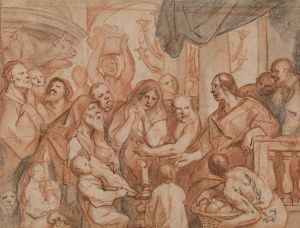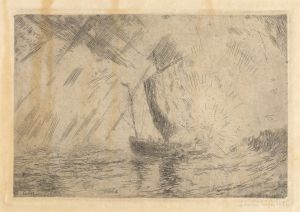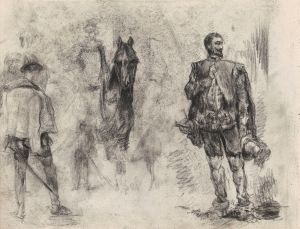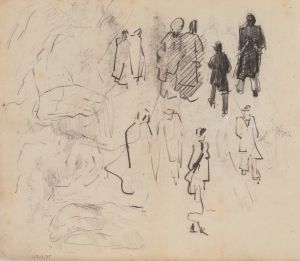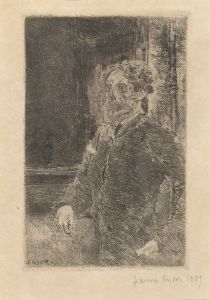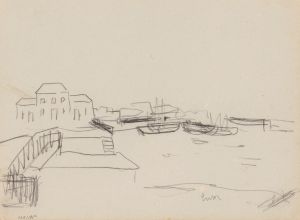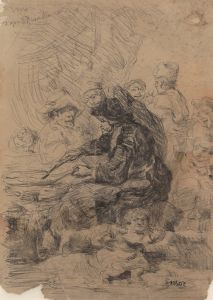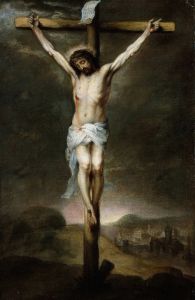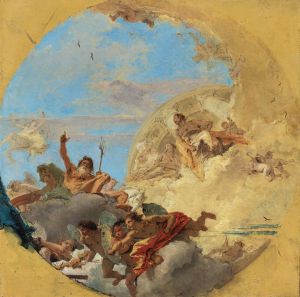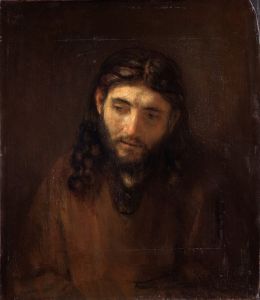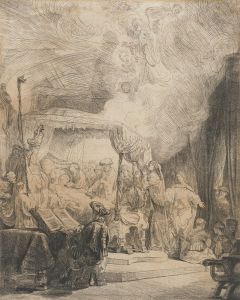
Christ Walks Upon the Waves
A hand-painted replica of James Ensor’s masterpiece Christ Walks Upon the Waves, meticulously crafted by professional artists to capture the true essence of the original. Each piece is created with museum-quality canvas and rare mineral pigments, carefully painted by experienced artists with delicate brushstrokes and rich, layered colors to perfectly recreate the texture of the original artwork. Unlike machine-printed reproductions, this hand-painted version brings the painting to life, infused with the artist’s emotions and skill in every stroke. Whether for personal collection or home decoration, it instantly elevates the artistic atmosphere of any space.
"Christ Walks Upon the Waves" is a painting by the Belgian artist James Ensor, completed in 1885. Ensor, a prominent figure in the Symbolist movement, is known for his unique and often provocative style that blends elements of realism, fantasy, and grotesque imagery. This particular work is one of his many religious-themed paintings, reflecting his fascination with Christian iconography and his ability to reinterpret traditional biblical scenes with a modern and personal twist.
The painting depicts the biblical story of Jesus Christ walking on water, a miracle described in the New Testament. In the Gospel of Matthew (14:22-33), Jesus walks on the Sea of Galilee to reach his disciples' boat during a storm, demonstrating his divine power and calming the fears of his followers. Ensor's interpretation of this scene is both dramatic and evocative, capturing the tension and awe of the moment.
Ensor's "Christ Walks Upon the Waves" is characterized by its bold use of color and expressive brushwork. The composition centers on the figure of Christ, who is portrayed with an ethereal glow, emphasizing his divine nature. He stands confidently on the turbulent waves, his arms outstretched in a gesture of peace and reassurance. The surrounding water is rendered with vigorous, swirling strokes, conveying the chaos of the storm and the miraculous nature of Christ's act.
The disciples in the boat are depicted with a mix of fear and wonder, their faces illuminated by the light emanating from Christ. Ensor's use of light and shadow adds depth to the scene, highlighting the contrast between the divine and the mortal. The sky above is dark and foreboding, further enhancing the dramatic impact of the painting.
James Ensor's work often reflects his complex relationship with religion and society. While he was raised in a Catholic family, his art frequently critiques the hypocrisy and corruption he perceived within religious institutions. In "Christ Walks Upon the Waves," Ensor's portrayal of Christ is both reverent and humanizing, suggesting a personal connection to the figure of Jesus as a symbol of hope and redemption.
The painting is housed in the Royal Museum of Fine Arts in Antwerp, Belgium, where it remains an important example of Ensor's contribution to modern art. Ensor's innovative approach to traditional subjects and his ability to convey deep emotional and psychological states have earned him a lasting place in the history of art.
"Christ Walks Upon the Waves" exemplifies Ensor's skill in blending realism with fantastical elements, creating a powerful and enduring image that continues to captivate viewers. Through this work, Ensor invites the audience to reflect on themes of faith, fear, and the miraculous, offering a unique perspective on a well-known biblical narrative.





